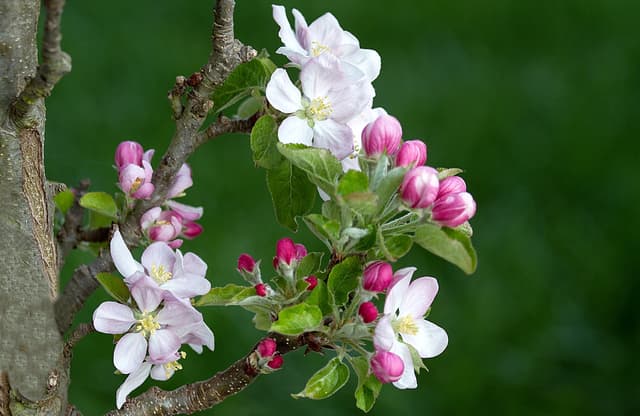Myths about teaching can hold you back
- Year 5
- Year 5
Plants from cuttings
I can explain how to reproduce new plants from cuttings.
These resources were made for remote use during the pandemic, not classroom teaching.
Switch to our new teaching resources now - designed by teachers and leading subject experts, and tested in classrooms.
Lesson details
Key learning points
- Plants reproduce to make new plants, or offspring, in different ways.
- Some plants reproduce when part of a single plant is used to generate a new plant.
- Cuttings produce clones of the parent plant; they are exactly the same.
- Plant growth can be observed and recorded over time.
Keywords
Reproduce - When living things reproduce they create offspring.
Offspring - Living things create offspring when they reproduce.
Parent plant - A parent plant is a plant that has reproduced and created offspring.
Asexual - Asexual reproduction involves one parent and produces offspring that has the same characteristics as the parent.
Clone - Clones are offspring that have been created asexually and have identical characteristics to their parent.
Common misconception
Pupils may think that the only way for plants to reproduce is by creating seeds.
Explain that, as well as making seeds, plants can also reproduce asexually in a range of ways, including form cuttings taken from a plant by humans.
To help you plan your year 5 science lesson on: Plants from cuttings, download all teaching resources for free and adapt to suit your pupils' needs...
To help you plan your year 5 science lesson on: Plants from cuttings, download all teaching resources for free and adapt to suit your pupils' needs.
The starter quiz will activate and check your pupils' prior knowledge, with versions available both with and without answers in PDF format.
We use learning cycles to break down learning into key concepts or ideas linked to the learning outcome. Each learning cycle features explanations with checks for understanding and practice tasks with feedback. All of this is found in our slide decks, ready for you to download and edit. The practice tasks are also available as printable worksheets and some lessons have additional materials with extra material you might need for teaching the lesson.
The assessment exit quiz will test your pupils' understanding of the key learning points.
Our video is a tool for planning, showing how other teachers might teach the lesson, offering helpful tips, modelled explanations and inspiration for your own delivery in the classroom. Plus, you can set it as homework or revision for pupils and keep their learning on track by sharing an online pupil version of this lesson.
Explore more key stage 2 science lessons from the Reproduction and life cycles: plants unit, dive into the full primary science curriculum, or learn more about lesson planning.

Equipment
See additional materials.
Licence
Prior knowledge starter quiz
6 Questions
Q1.Look at the plant below. Is this an example of a flowering or non-flowering plant?



